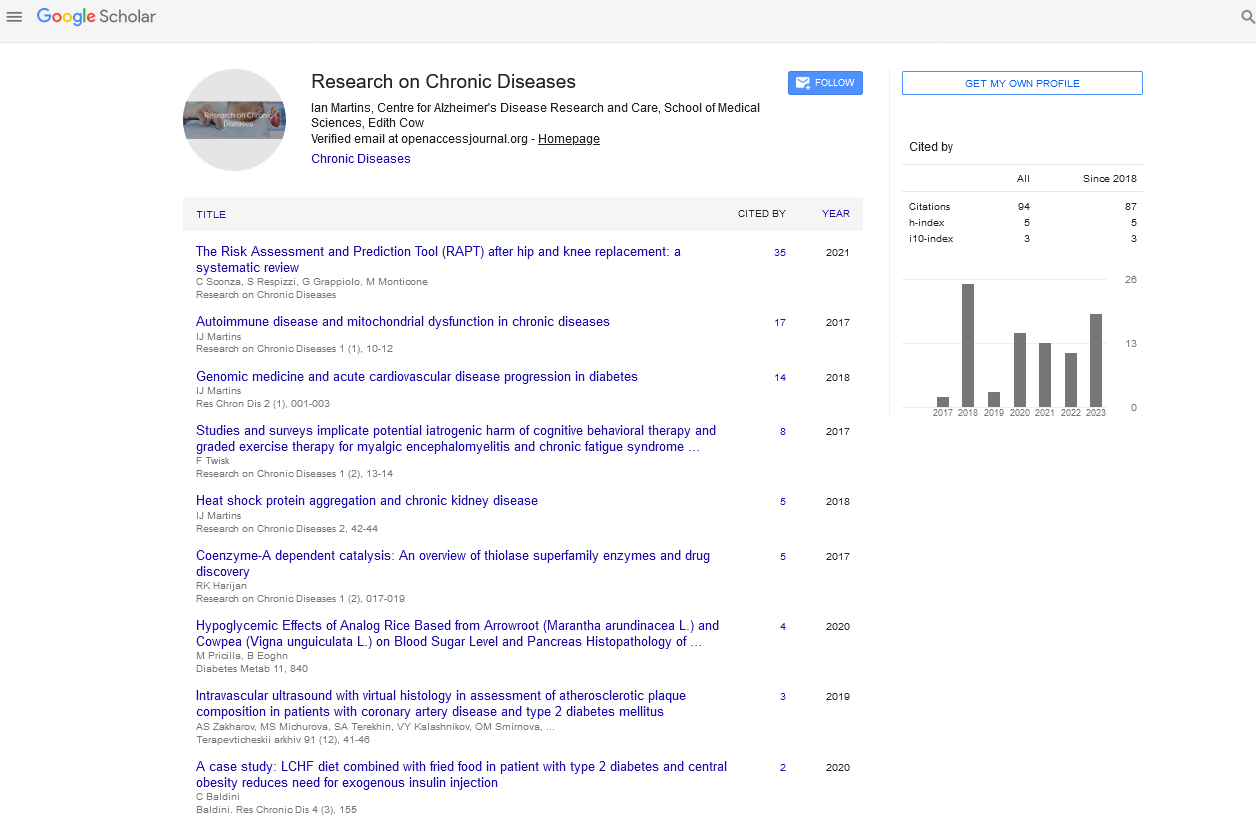Short Communication - Research on Chronic Diseases (2020) Volume 4, Issue 3
What is Childrens s Diabetic Keto Acidosis (DKA) Dynamic Insulin Dose?
Ahmad Abul Ainine
Consultant in Pediatrics, Diabetes & Endocrine, UK
Abstract
Background: Lancing children hourly to check blood glucose (BG) is sadly used to tune insulin dose rate in DKA. Insulin dose has many components; like age, body size, blood-sugar, sugar-intake, hydration and stress-levels. Finding insulin-component correlations help estimate total DKA dose. Luckily, DKA is a good opportunity to study insulin dosing in diabetes.
Aim: Finding BG/insulin correlation may help refine DKA management with least pricking, BG excursions and number of insulin dose changes.
Methods: To calculate various components of DKA insulin dose, and their correlations, to find the total insulin dose mathematically and compare with the doses used clinically. Biological variables like age, size, insulin & glycaemia …etc. will be identified. Pharmaco-kinetic principles would be applied to them. Their mathematical correlations equations will be derived for various ages.
Results: The DKA-components doses we found by regression analysis and added up for total dose. The equations were used in Dynamic DKA software programme. That helps to study quantitative roles of various bio-variables. Live interactive display would illustrate each.
Conclusion: The Dynamic DKA programme uses many bio-variables to instantly find their roles and total dose. Mathi-Medics can unravel the multifactorial diabetes control that may be applied in day-to-day care
Publications
Intravenous Salbutamol and the British Guidelines
Keep Sugars on Sheets … To Allow for Play & Sweets … The Diabetes Auto Manager (DAM) The First Child-Specific Tool
Hypoechoic thyroid nodules on ultrasound 4 years after prenatal exposure to radioiodine: Resolution with thyroxine therapy
Toddlers’ diabetes: The lost insulin drop and SemiPens vs. DeciPen
